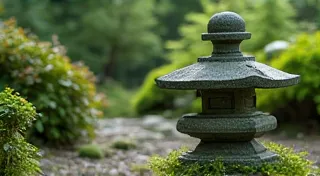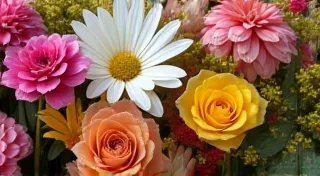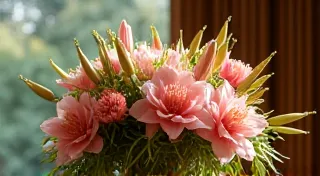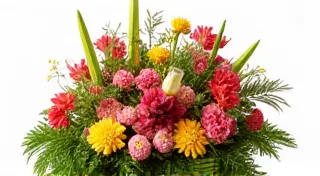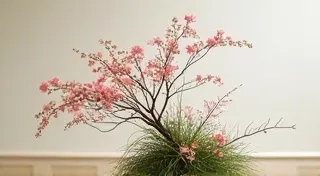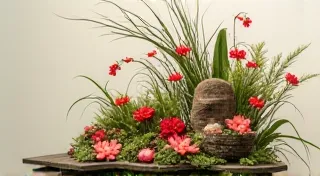Advanced Ikebana Techniques: Exploring New Dimensions
For students ready to expand their skillset, this guide covers advanced techniques.
Having mastered the foundational principles of Ikebana, such as the basic forms like Shoka and Moribana, you’re likely eager to push your creativity and refine your artistry. This article dives into some advanced Ikebana techniques that elevate floral design beyond the beginner stages. We’ll explore variations in material selection, structural complexity, and conceptual expression. Remember, these techniques build upon a solid understanding of the fundamentals; revisit those basics if needed!
1. Incorporating Judaika and Branches with Character
While beginners often focus on perfectly straight stems and uniform materials, advanced Ikebana embraces the beauty of imperfection and natural asymmetry. Judaika refers to the use of naturally aged or bent branches, often with a weathered appearance. These aren’t discarded; they’re celebrated for their unique character.
The challenge lies in integrating these elements harmoniously. Don't try to force a crooked branch into a symmetrical arrangement. Instead, use its natural curve to guide the overall flow and composition. Consider how the texture and color of the branch complements the flowers and foliage.
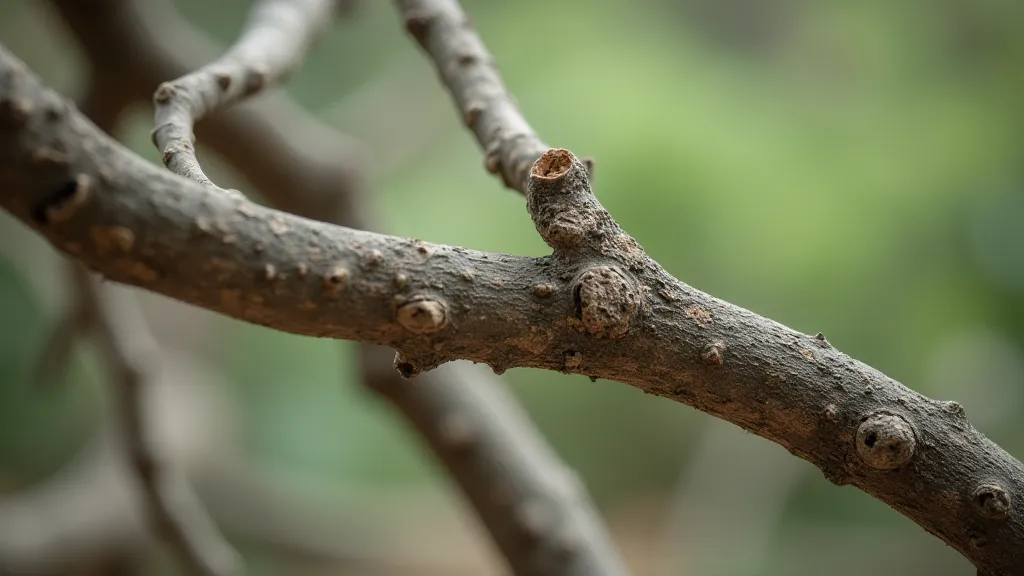
2. Exploring Nageire Style: Expressing Spontaneity
*Nageire* (投げ入れ) is a style characterized by its naturalistic and seemingly spontaneous appearance. Unlike more structured forms, *Nageire* arrangements often appear as though flowers and branches were simply "thrown in" a container. This is, of course, a carefully considered illusion.
The key is to understand the underlying balance and flow. Even in its apparent randomness, *Nageire* demands a keen eye for proportion and the creation of visual pathways. Experiment with unusual containers – think rustic pottery, antique vases, or even natural materials like bamboo. Let the container influence the overall design.
3. Mastering the Art of Negative Space (Ma - 間)
In Japanese aesthetics, *Ma* (間) – often translated as "space" or "pause" – is crucial. It's not simply empty space; it's the breathing room that allows elements to resonate and creates a sense of depth and serenity.
In advanced Ikebana, consciously manipulating negative space becomes a powerful tool. Don’t feel compelled to fill every corner of the container. Allow areas of emptiness to draw attention to the elements that are present. Consider how the arrangement will be viewed from different angles, and ensure that the negative space creates a visually pleasing experience regardless of perspective.
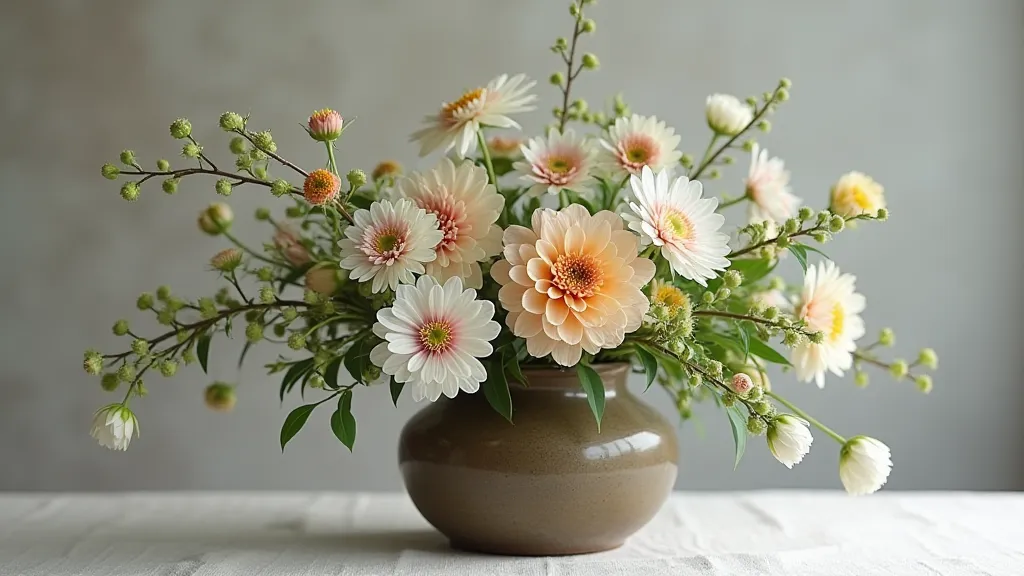
4. Experimenting with Unconventional Materials
While traditional Ikebana utilizes specific types of flowers, branches, and foliage, advanced practitioners often push boundaries. Consider incorporating non-floral elements like dried seed pods, fruits, vegetables, or even sculptural objects.
The challenge is to ensure that these unconventional materials harmonize with the overall aesthetic and don't detract from the elegance of the arrangement. Think about texture, color, and form – how do these elements interact with the traditional materials?
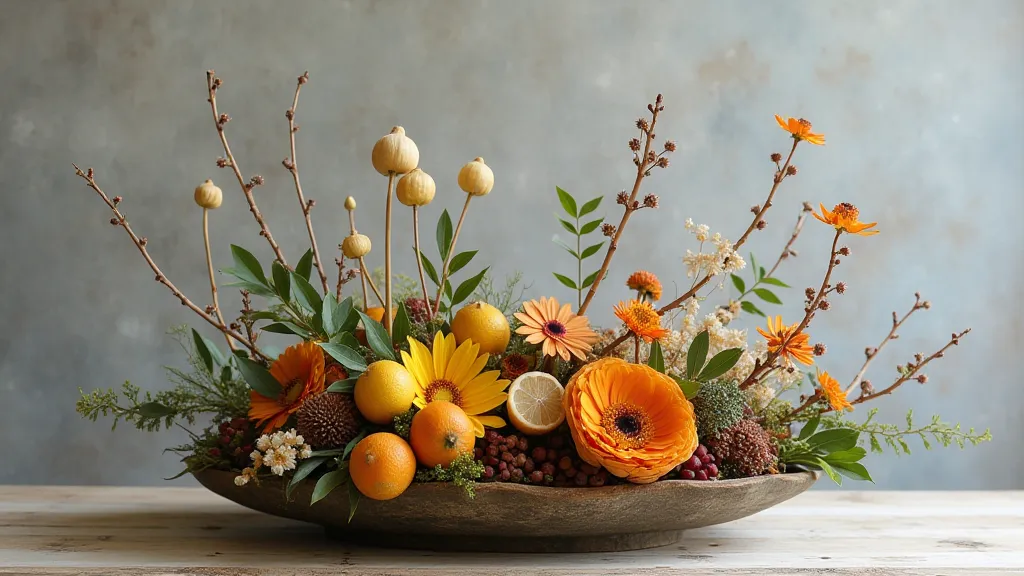
Continual Practice and Observation
Mastering advanced Ikebana techniques requires diligent practice, keen observation, and a willingness to experiment. Don't be afraid to break the rules – understanding the fundamentals first allows for informed and creative deviations. Attend workshops, study the work of established masters, and most importantly, find your own artistic voice within the timeless tradition of Ikebana.
